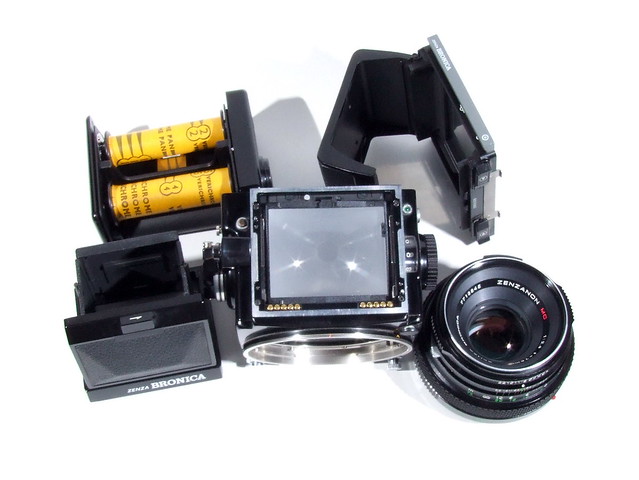The Importance of PCBA Test
PCBA Test is a quality assurance process that helps to ensure that your product meets industry standards. It can also help identify problems in the assembly process, such as faulty solder joints or incorrect components.
FAI is a necessary step in the production process, and regular inspections can reduce costs by helping to avoid expensive repairs and recalls.
In-Circuit Test (ICT)
When PCBs fail, they can have far-reaching consequences. For example, if a PCB fails in a home computer, it will frustrate and inconvenience the owner and probably require them to purchase a new one. However, if the same PCB is part of life-saving technology in a hospital or military equipment, it could have far more serious consequences. This is why PCB manufacturers must do everything in their power to ensure that all of their products meet the highest standards for efficiency and reliability.
Fortunately, several different testing procedures are available to detect issues that might impact the performance of a PCBA assembly. These tests are designed to identify and prevent PCBA manufacturing faults, soldering issues, functionality problems, and more. Two of the most popular methods of PCBA test are ICT and Functional Test (FCT).
ICT, or In-Circuit Test, is a bed-of-nails type of PCB PCBA Test assembly testing that can perform simultaneous testing on multiple contact points in the circuit board through a custom fixture. This makes it ideal for detecting issues like shorts and open circuits, misorientation of components, and soldering defects. ICT systems can also be integrated with a functional test system for more efficient fault coverage and faster testing times.
ICT tests can also be used to determine the welding condition of components, check IC program firing, and evaluate the performance of the overall circuit board in harsh environments. It can detect the circuit on-off, voltage and current value, fluctuation curve, amplitude, and noise.
Functional Test (FCT)
The PCBA functional test (FCT) evaluates the overall functionality of a circuit board by using input and output signals to check that components work as intended. Unlike ICT, which examines individual components’ responses, FCT checks how they interact as an integrated system. It also confirms that the PCBA’s design specifications are met. This is a critical step in the manufacturing process as it can catch errors before they cause serious damage to the final product.
There are a number of testing and inspection methods that can be used during the PCBA production process, such as X-ray inspection, automated optical inspection, and flying probe tests. X-ray inspection can detect soldering faults, while flying probe tests use probes to find holes, shorts, and other defects. Automated optical inspection can verify the results of these tests and ensure that all of the components are properly assembled. Moreover, a fatigue test can subject the PCBA to repeated loading and unloading to simulate long-term usage.
While In-Circuit Testing is a popular method of checking for faults, it can be expensive due to its complex software program and specialized fixture requirements. Functional Test is cheaper and more flexible, but it requires experienced technicians to analyze the results and determine which issues need fixing. Moreover, it is not a stress test and cannot detect faults caused by environmental conditions such as temperature fluctuations or splashing water.
Aging Test
PCBA Testing is an essential process to ensure that the PCBAs used in a final product are of high quality and will function dependably. These tests will uncover many different problems such as defective components, improper assembly, poor soldering and a variety of mechanical faults such as loose pieces and incorrect sizing. These tests will also allow manufacturers to fix these issues before they reach the customer.
The aging test is another important PCBA test that will help to detect defects in the final product. This test simulates the real use environment of a product by subjecting the PCBA to heat, humidity and other environmental factors. It is a necessary test for all electronic products that require high quality. Without the aging test, many products may appear to work well when first released, but they will soon begin to fail due to their weakened structural integrity and accelerated ageing.
The aging test will quickly reveal problems with the product such as temperature drift, mismatched component parameters and other faults that might not be detected in normal operation. The aging test is also an excellent way to evaluate the performance of the product under harsh conditions. The aging test is similar to burn-in testing methods, but it is less expensive and less time-consuming.
Fatigue Test
The Fatigue Test is an important PCBA testing point. It tests if the mobile phone is using a proper amount of current and also ensures that the port interface of the device is functioning properly. This test point helps in ensuring that the mobile is a top-notch product with no single quality-related problem. The test consists of several steps that include the use of an oscilloscope or signal analyzer.
During the fatigue test, a Smart door lock supplier quality control specialist will sample the PCBA board and perform high-frequency and long operation of the operate. Afterwards, they will observe whether the circuit board is normal. This is a time-consuming process, but it can help reduce the number of defects in the finished product.
This type of test is very important, as it allows the manufacturer to detect manufacturing errors before they reach the end-user. It can save revenue losses from customer returns and tedious analysis, as well as reduce the risk of accidents caused by unsafe parts.
Another method of detecting faults is the flying probe test, which involves a skilled technician manually inspecting the surface-mount components with their naked eyes. It is inexpensive and can find most soldering issues, but it is only suitable for low production volumes. It is also prone to failure due to inconsistent inspection techniques and inexperienced technicians.


